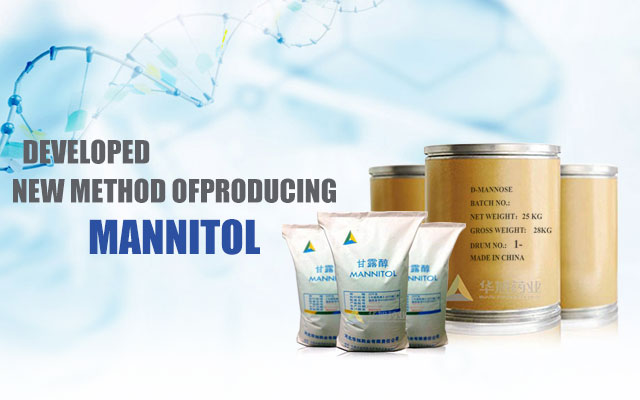Search
Tel: 0086-311-89105105/6/7/8 0086-311-89105199
Fax:0086-311-89105200
E-mail:Rongjj818@126.com mannose@hotmail.com
Add: No.33 industrial street,Econimic development zone,Shijiazhuang city,Hebei
Click on the classification tree
A brief introduction to lactitol
Classification:
Industry News
2021/01/22
[Abstract]:
Lactitol is a 12-carbon sugar alcohol, which can be produced by hydrogenation of lactose through a catalyst. There are two types of products, anhydrous and containing a bound water. It is sweet and refreshing. It is often used in combination with high-sweetness sweeteners. It has no aftertaste and moisture absorption. It has low properties and high solubility. Its relative molecular weight is similar to that of sucrose, and its influence on water activity is similar to that of sucrose. It is stable under both acidic and alkaline conditions, and is also very stable under high temperature conditions in food processing. Lactitol is suitable for many foods, such as baked goods, sugar-coated candies, and frozen milk-containing sweets.
Low calorie
Lactitol has lower calories, because its metabolic pathway is different from that of sucrose (lactitol cannot be digested and absorbed in the small intestine, but is fermented by microorganisms in the large intestine to decompose short-chain fatty acids and other fermentation products, which releases The pure calories are only 50% of general sugars. In this way, lactitol can be used alone or mixed with other sweeteners to replace sucrose low-calorie health foods.
Prevent obesity
The intake of high-fat foods and sucrose will stimulate the secretion of insulin in the blood and increase the activity of nuclear protease in adipose tissue, thereby promoting the accumulation of neutral fat in the cell. The intake of lactitol will not cause an increase in insulin and will not increase the nucleus. The activity of protein lipase does not promote the accumulation of neutral fat when ingested together with high-fat foods. Therefore, from the perspective of prevention, it is beneficial to replace sucrose with lactitol, which is low in calories and does not stimulate insulin, in foods that combine high fat and sucrose.
Prevent dental caries
Lactitol has a strong function of preventing dental caries. Compared with sucrose, lactitol hardly causes plaque formation on teeth. Clinical experiments have confirmed that lactitol will not be fermented by microorganisms in the oral cavity to produce acid, and this type of acid can destroy the enamel of teeth through deionization and produce dental caries. Therefore, lactitol can be used to make anti-caries health food, such as chewing gum, chocolate, Various candies, etc.
Bifidus growth factor
Lactitol is very stable in the mouth, stomach and small intestine, and basically cannot be digested and absorbed. When it enters the large intestine, it is easily broken down by microbial fermentation. Among them, bifidobacteria are particularly prominent, which can multiply by 10 to 100 times. Substances such as lactitol that can greatly proliferate bifidobacteria are called bifidus proliferation factors in medicine. Bifidobacterium is a normal bacteria in the human digestive tract that is very beneficial to the body. It attaches to the intestinal wall according to a certain population with other bacteria in the human body, forming a stable microecological balance, acting as a biological barrier, providing nutrition, and improving immunity And so on.
Lactitol is made from skimmed milk to obtain lactose, then pressurized hydrogenation (100°C, 30%-40% lactose liquid, 4MPa) under the catalysis of nickel, filtered, refined by ion exchange resin and activated carbon, and then concentrated and crystallized.



